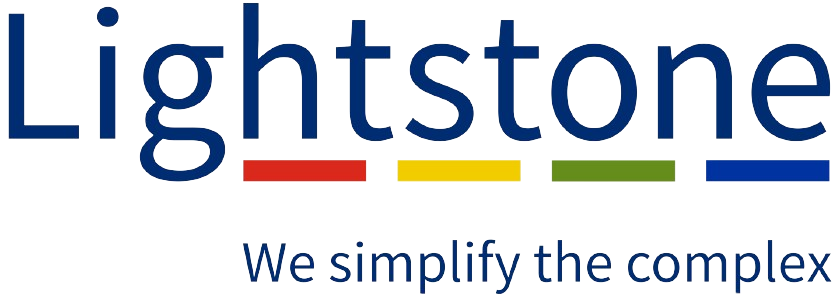Gauteng is South Africa’s smallest province by land area, but the largest in terms of built up areas.
In terms of land area, Gauteng accounts for only 1.5% of the country’s land area, with Northern Cape the largest at 31%, followed by Eastern Cape, 14%, Western Cape and Free State, both 11%, Limpopo, 10%, North-West 9% and Mpumalanga 6%.
Land areas per province
But Gauteng is, in fact, double the size of KwaZulu-Natal, Western Cape and Eastern Cape, when we consider the urban areas, which each account for 13% of urban space.
Areas per province excluding non-urban areas

It’s no surprise that Gauteng has the most built up area in the country as it is home to 27% of South Africa’s population and is the country’s economic centre. Its primary industries include financial services, transportation, manufacturing and mining, the latter being the catalyst for much of the province’s original development.
Gauteng consists of nine metro municipalities and in terms of population spread, Johannesburg is largest at 36%, followed by Tshwane and Ekurhuleni at 25% each. If we remove the Non-Urban areas, however, Ekurhuleni moves ahead of Tshwane in terms of population but remains behind Johannesburg.
Spread of Gauteng population

When it comes to population density, Johannesburg leads the way ahead of Tshwane and Ekurhuleni but as the graph below shows it is driven by the density of Alexandra township, popularly known as Alex, which has 30 000 people per square kilometre. Alex is adjacent to Sandton, where the population density is just over 2 000 people per square kilometre.
The next most densely populated area is Soweto with just over 10 000 people per square kilometre.
Townships account for the highest population densities in Tshwane and Ekurhuleni too. Mamelodi is well ahead of other areas in Tshwane with 10 000 people per square kilometre, while Thembisa is most densely populated in Ekurhuleni with just over 16 200.
Population per square kilometer

Population per square kilometer

People and their properties
Approximately half the formally registered properties in Gauteng are valued between R500k and R2m. 13% of properties exceed R2m in value. Johannesburg accounts for 37% of all the properties, but nearly 60% of the over R4m. There are approximately 300 000 properties in traditional townships valued at more than R500k.
Value of properties

Where do we find these properties

Just more than half of the stock valued at >R500k in the province, excluding those in townships, are in Estates (17%) and Sectional Title (34% - although some are within Estates), with Freehold accounting for 49%.
Estates and Sectional titles in the three big municipalities

Johannesburg (40%) and Tshwane (42%) carry significant amounts of Sectional Title, while Tshwane has more Estate properties than Johannesburg and Ekurhuleni. Mogale City has 15% in Estates.
Johannesburg has 26 suburbs where average valuations are above R5m, compared to ten suburbs in Tshwane and only two in Ekurhuleni.
What and where are people buying?
There were 275 000 sales valued at more than R100k over the past three years, at an average sales price of R1.3m. Most activity was in the R500k to R2m bracket, but in the three years more than 45 000 properties valued at more than R2m were sold.
More than half - 55% - of sales were either within Estates or a Sectional Scheme, confirming the popularity of these two residential property categories.
Value vs volume (past three years)

Suburbs with more than 1 000 sales in last 3 years and average sales price


